I know, I know. Every time I talk about my gardening I talk about my failures. It makes me feel like I present myself as incompetent. While I am far the best gardener, much of my failures are the result of taking chances, big ones or neglect. The lack of content in recent years is the result of me eliminating my garden beds and waffling about new ones.
I have taken to getting free seeds from the library. I have messed around with using the landscaping irrigation, I have been doing mass seed starting rather than buying starts that I know will thrive. All of this leads to gathering information but not necessarily success. All the while I tell myself that it is OK because I do not have a place to plant anyway.

Since I completely ignored any type of planting last year, I have these planting boxes that we purchased for our anniversary party sitting empty. We actually loaned them to friends for their wedding last summer but truthfully, there is a lot better use for them than an occasional ice holder. I asked my wife what her plans were with these things and she said that she wanted to plant in them this year
Of course, her idea is ornamental. She wants to put flowers and things in them. But she also wants to add two more. One of which will be a salsa garden. Ah ha, this is where I am going to plant this year. My salsa garden just might include tobacco this year (he he).
As I have said in the past, our indecision about where we will finally plant our roots has prevented me from starting the front yard garden. We don’t want to do it if we are putting our house on the market. But again, that has been three years now. I am pretty sure that I am planting some fruit trees in the front regardless. They are a low investment cost and I am applying for a matching city grant.
I am giving the old apple tree one more year. If it doesn’t produce again, it is a goner. That would be three consecutive years of no production at all. I already know that it is in pretty bad shape but as long as it was making apples, it would earn it’s keep. I don’t know if my results are bad luck or the tree finally has outlived its life. This is the year I will make the decision.
As for my seeds, most of them have not done much. I have two out of five tomatoes sprouting. There are collards and wouldn’t you know tobacco. That means no peppers or thyme or basil or purple coneflower. I will definitely buy peppers and thyme as starts, I don’t know what is going on with everything but I am going to keep messing with things.
My idea is don’t do things too drastic (plant trees in the front yard) and concentrate my work by planting in planters. Using Permaculture design principles, zone 1 is something you go by everyday. zone 2 is frequent visiting, zone 3 is occasional and zone 4 is wild. My front yard is zone 3+ for me. The side yard where I plan to put the planters are zone 2+ if you say a couple times of week is frequent. The idea is that you want things that need intensive management in the lowest zone possible. This is why the pots by my back door get watered every day because they are in zone 1. It is also why my recent gardens have failed by neglect.
End Your Programming Routine: No promises I have the best of intentions but I think that if I start with a small footprint and a limited number of things in a frequently visited area, I increase my chances. I almost feel like all these years of substandard production makes any work a waste of time. This year I plan on keeping it simple to increase my odds and give me a boost to keep trying different things in the future.


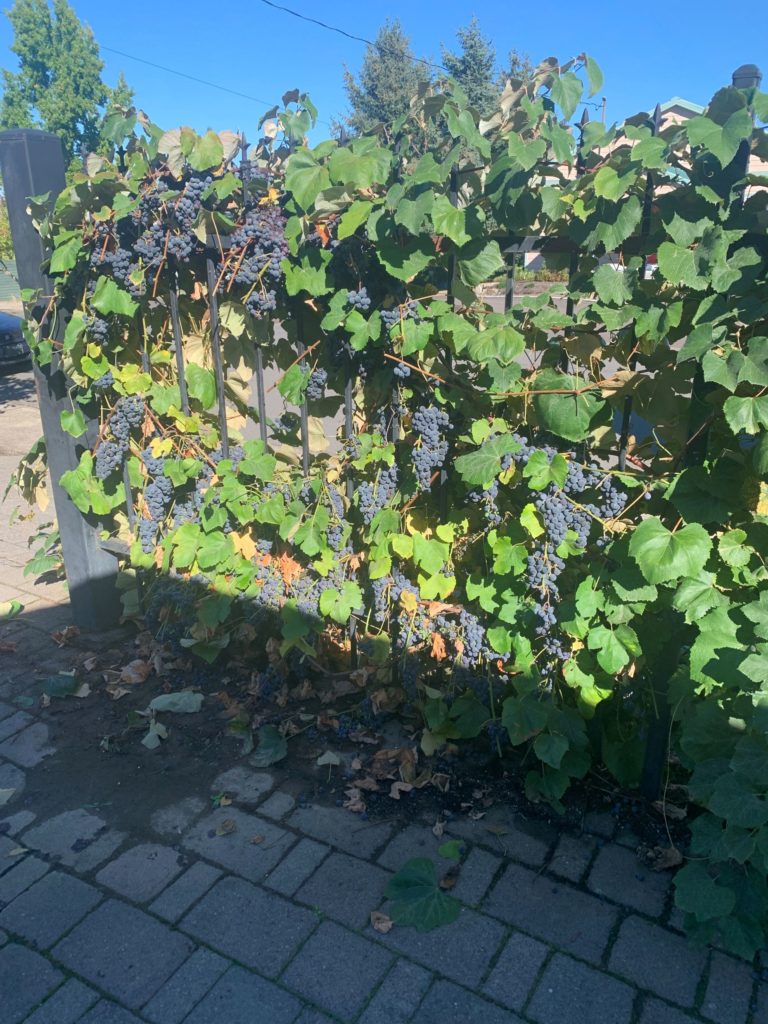
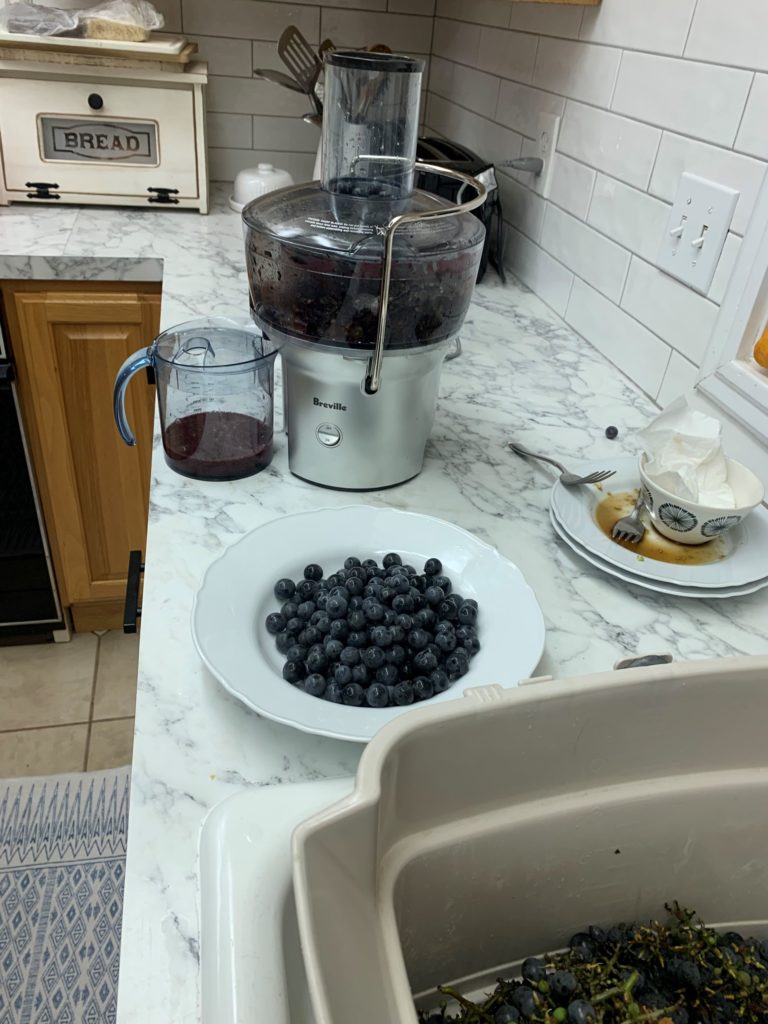
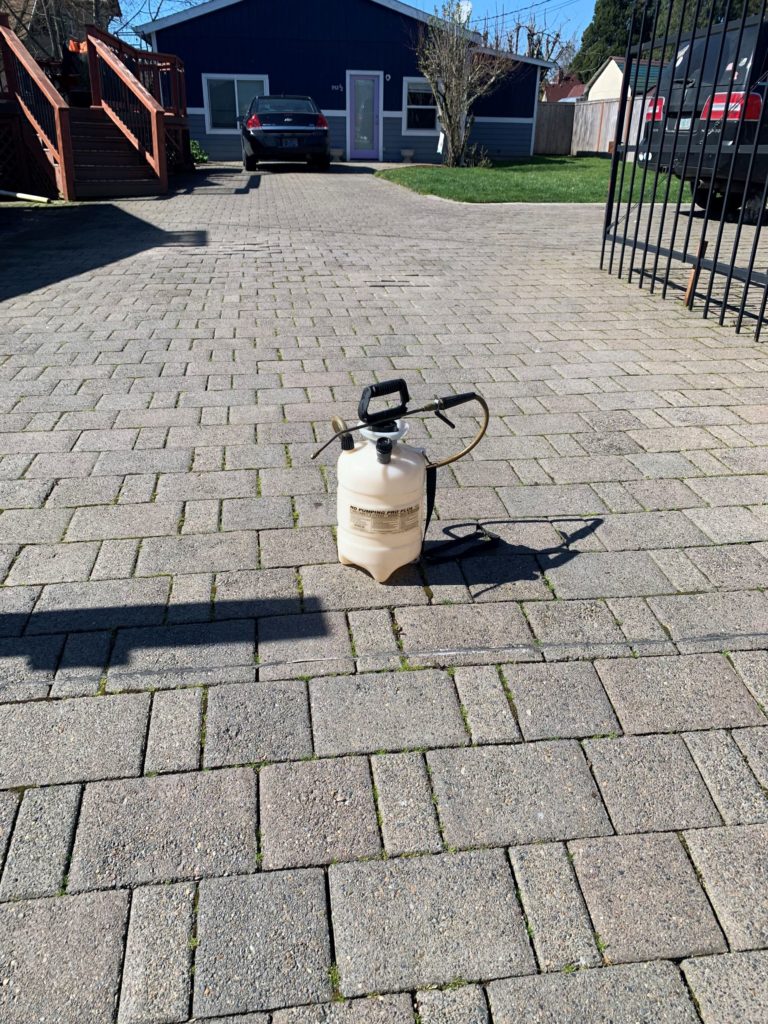

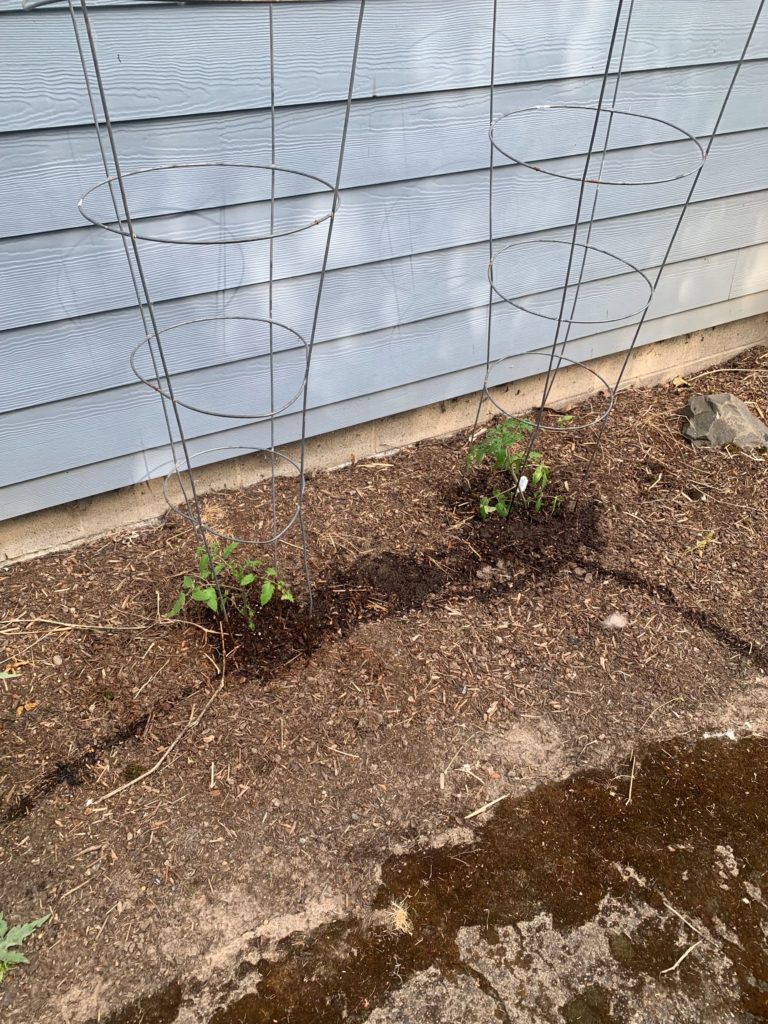
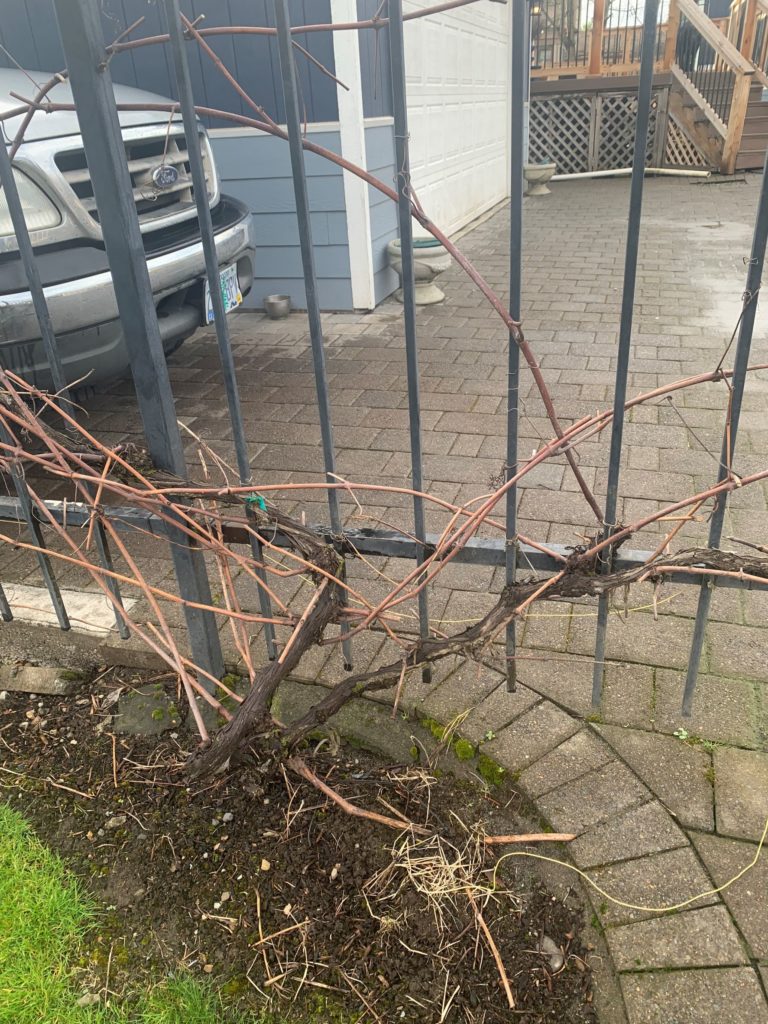
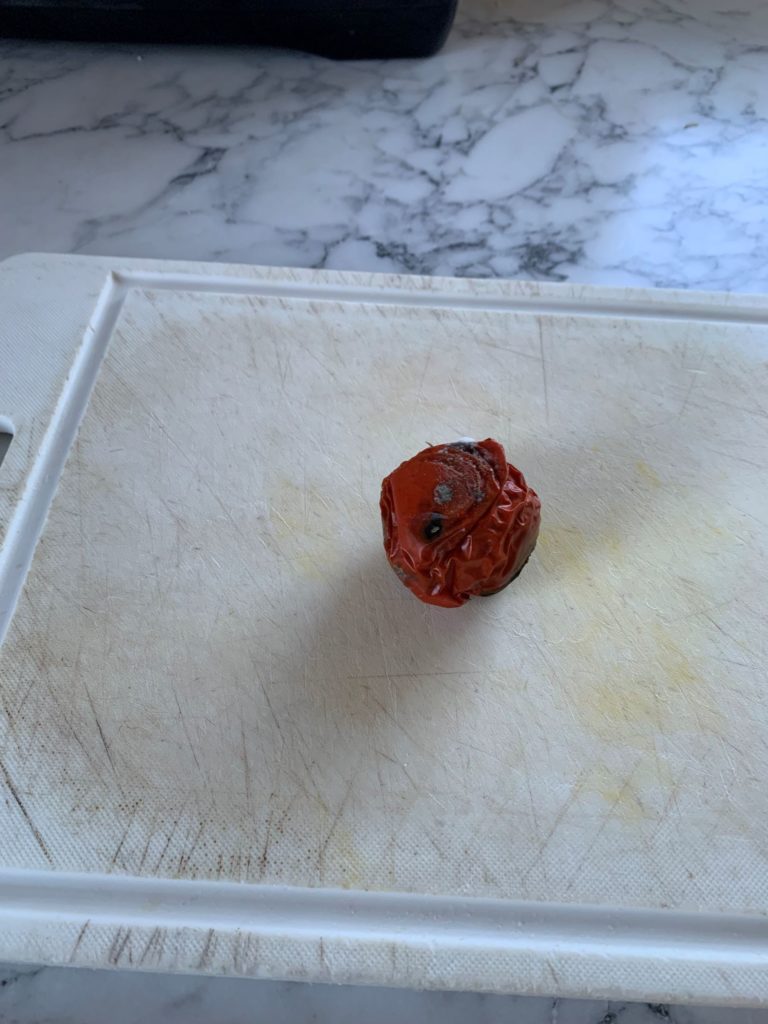


Recent Comments